Small is beautiful–and efficient. These freestanding coolest cubicles, “pods, domes, and workstations,” are so artfully designed and ecologically sound that one might wonder: Is this the future of work?
It turns out that the future of the cubicle isn’t very square at all. Some of the coolest cubicles or small office spaces in the world—for the workplace or the home—have indoor plexiglass spheres that dampen phone call noise or outdoor polygons with triangular windows.
Here’s a look at all nine of Architecture & Design’s favorites.
01. Prefab That Delivers
So you’d like a home office but don’t have the space? Try the backyard. The Archipod is a unique, eco-friendly prefab garden office with shingle siding and timber floors. It’s created by a company founded in 2009 by Chris Sneesby, who calls himself “The Podfather.” An individual pod costs about $20,000 and can be delivered directly to your home.
Archipod
Location: Anywhere
Designed by: Archipod Ltd
Usage: Various personal offices and recreation spaces globally.
Ready For Four Seasons
Built in a workshop in North Yorkshire, about four hours north of London, Archipods have air-conditioning units, lighting, multiple electrical outlets, one small porthole, and timber floors. Heating comes from an electric panel radiator, and the pods are insulated with fiberglass made from recycled glass. The pods are customizable but come in two standard unit sizes: the smaller pod is about 9.5 feet in diameter, while the giant pod is 12.5 feet. –Eric Markowitz
02. Wide Open Space
This is no industrial office: it’s the home of a charity event planning company. The company grew fast and purchased an old warehouse space in Los Angeles to transform it into a new office. Clive Wilkinson Architects took the job under a strict budget of $40 per square foot and approached it without convention. It created indoor pathways leading to distinct “work neighborhoods” constructed of prefabricated shipping containers.
Pallotta Teamworks
Location: Los Angeles
Designed by: Clive Wilkinson Architects
Usage: Office of Pallotta Teamworks
Stackable Islands
Using shipping containers—each costing an average cost of $3,400—was the most economical way to create dozens of small private offices and support facilities. The containers are stacked vertically and hooded with air-flow canopies, creating giant “tented islands,” which minimize the air conditioning needed to cool this massive, 47,000-square-foot Southern California space. –Christine Lagorio-Chafkin
03. This Pod Goes Anywhere
DmvA, a Belgian architecture firm, designed the blob vB3, a white, egg-shaped pod with no particular function in mind. It could be used as a garden house, a guest house, a studio–or a spacious, private office. The 60-square-foot white egg is constructed of wood and polyester and has a bathroom, kitchen, and plentiful storage space.
Blob vB3
Location: Mobile
Designed by: DmvA
Usage: Office of XfactorAgencies
Cozy Or Wide Open
Blob vB3 is a perfect example of a form meeting function: It’s an aesthetically inspirational room that serves the purposes of a modern worker. Water and electricity are supplied via an outside connection (much like a mobile home), and on warm days, the entire “nose” of the blob can open to the outdoors. –Eric Markowitz
04. Chameleon Cube
This tiny stand-alone office isn’t just nestled in nature; it also emulates it. Cross-sections of logs create a camouflage effect for this recording studio, built for musician Hans Liberg by furniture designer Piet Hein Eek. Eye-level windows on all sides of the structure provide ample light when open, but when closed, they turn the building into a nondescript cube of logs.
Log Cabin Recording Studio
Location: The Netherlands
Designed by: Dutch furniture designer Piet Hein Eek
Usage: Personal recording studio of cabaret musician Hans Liberg
Mobile And Modernist
It’s not just a recording studio: this rustic cabin is a miniature mobile home with a plastic and steel frame on wheels. Inside, it’s a sleek blue room outfitted with a modernist desk and homey mismatched cushions. There’s not a slice of wood in sight. –Christine Lagorio-Chafkin
05. Escape The Routine
This shelter-like relaxation space was designed to disrupt users’ daily routines and create an appreciation for outdoor activities. It was also intended as an escape from the mundane. Mathematical minds might appreciate this truncated cubic octahedron shape, and the circular skylight seems built not just for letting in the sun but also for freeing thoughts.
Polyhedron
Location: Bogota, Colombia
Designed by: Manuel Villa with the help of architect Alberto González
Usage: Personal backyard retreat
06. Orbs In An Atrium
Designed by French architect Christian Pottgiesser, this other-worldly office became the headquarters for two French companies: Pons and Huot. It is adorned with floating staircases, a recreational room, and indoor ficus panda trees galore. (That works because the bulk of the space is contained within a stately glass atrium, comprised of a restored industrial hall built in the late 19th century.)
Pons And Huot
Location: Paris, France
Designed by: Christian Pottgiesser
Usage: Executive offices of two companies, Pons and Huot
Beautifully Serene
The 5,800-square-foot space was designed with lower-level meeting rooms, lounges, and a kitchen tucked under the main floor of offices. Well, they’re not precisely “offices” so much as Plexiglas domes arranged in a snaking route on one joint expansive wooden surface. The desk bubbles are called “telephone domes” and help dampen the acoustics in the open atrium space. –Carolyn Cutrone
07. Sliding Stations
Manhattan dwellers are all too familiar with tiny spaces, so it’s probably not surprising that the designers behind this collapsible workstation are based in New York. A Taylor and Miller Architecture and Urban Design team designed these flexible workstations for a 1,000-square-foot New York City office. They function almost like an old-fashioned filing cabinet system. Crank them apart, and you have a multi-row office. Crank them together, and you’re left with open space.
Collapsible Workstations
Location: New York City
Designed by: Taylor and Miller Architecture and Design
Usage: Office cubicles at Manhattan-based nonprofit Environmental Grantmakers Association
Ample Storage And Simplicity
The system has seven workstations, each fitted with storage cubbies in a puzzle-like design. According to the architects, cranking the workstations open or closed is easy. “You can move the crank with a single finger,” Alex Miller, who worked on the project, tells the Architecture website Architizer. –Eric Markowitz
08. Office Extension
There’s a common notion that a “home office” is simply a room in one’s home, re-done with a desk, bright lamp, and monitor for an instant office. The Tetra Shed by Innovation Imperative challenges that notion by placing a freestanding office anywhere—even out of doors. It was designed by David Ajasa-Adekunle to become an extension of the living space but be flexible enough to find a role in a public space, in classrooms, or in retail shops.
Tetra Shed
Location: Backyards and pop-up offices around the world
Designed by: Innovation Imperative
Usage: Personal offices
Modular Flexibility
With a footprint of 10 square meters, it’s large enough to fit two people working at desks comfortably. It’s also a modular system, which means many Tetra Sheds can be built together. Simple materials (usually birch-faced plywood on one side and matte black rubber on the other) and modern construction methods keep the price somewhat reasonable. –Carolyn Cutrone
09. Windows, Not Walls
As its name implies, WorkPods Zurich offers a series of identical pods for individual workers or freelancers. But the space is not as static as it would seem to be. Designers Meury Architektur built OpenSystems so that the floor-to-ceiling glass doors can slide down, and each personal cubicle can be removed to create an open-plan space.
WorkPods Zurich
Location: Zurich, Switzerland
Designed by: Meury Architektur
Usage: Office of OpenSystems AG
Creative Comforts
Meury Architektur designed the individual office units with precision to imply that each individual’s comfort in a workplace should take priority over the existing design of any given office space. The sleek pods can be dropped into any existing raw space to create contrast–which might fuel creativity. –Christine Lagorio-Chafkin
Like what you’re reading? Subscribe to our top stories.






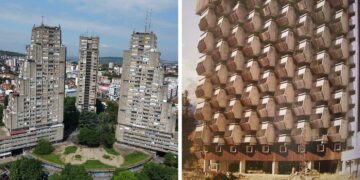
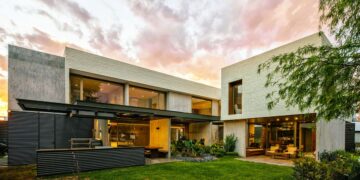
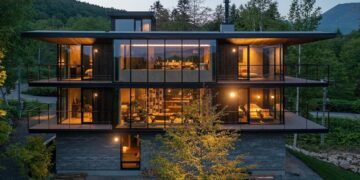







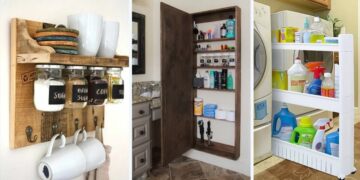


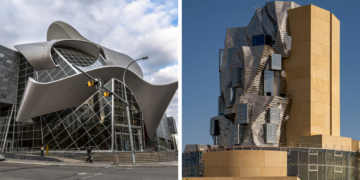
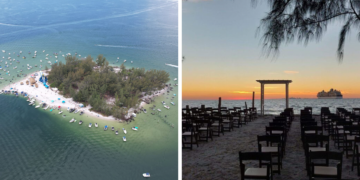
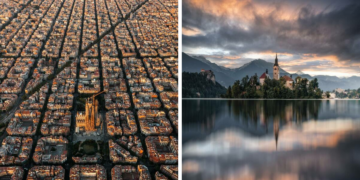



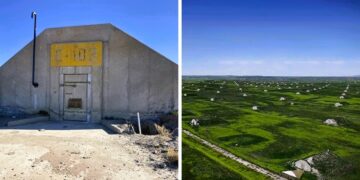



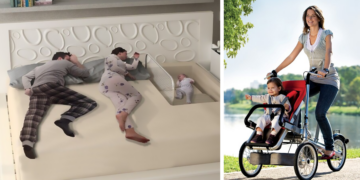
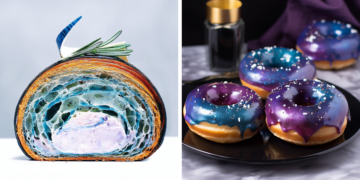





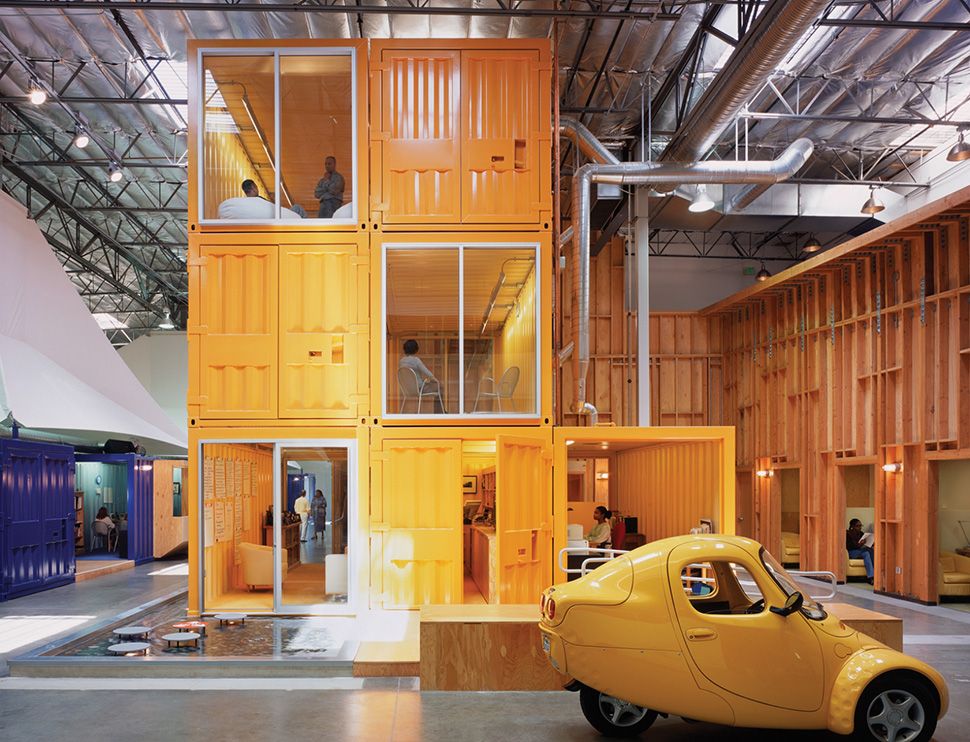
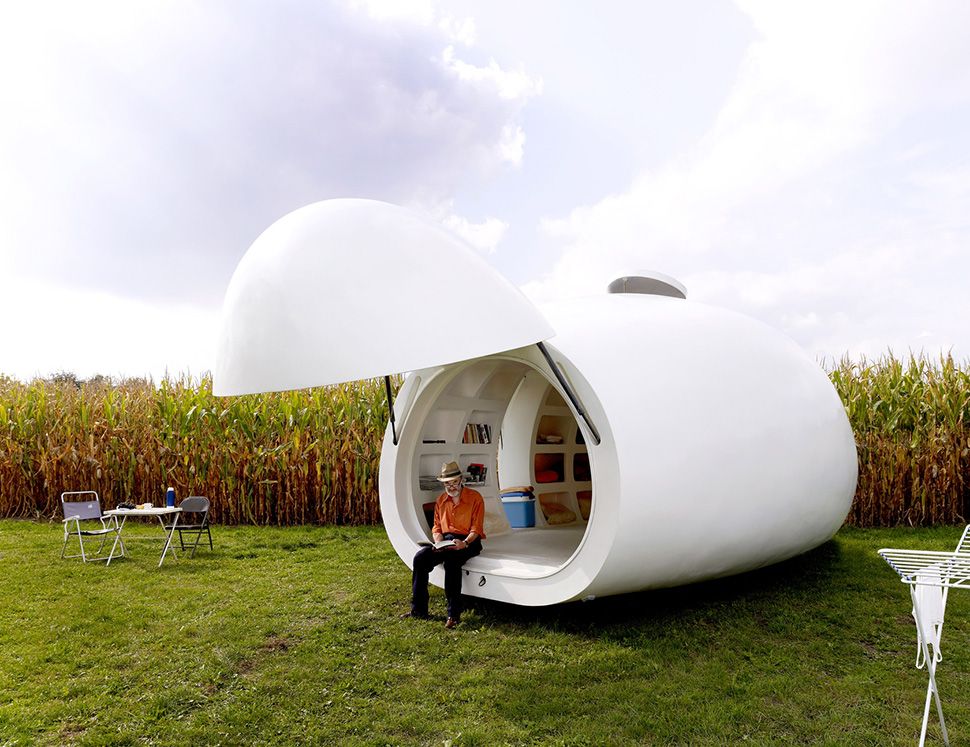
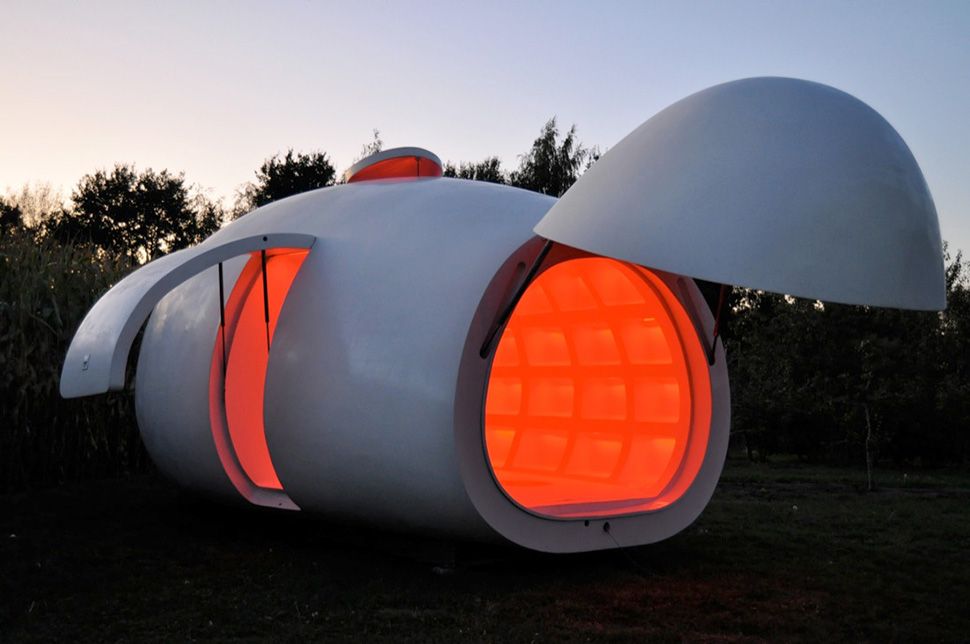
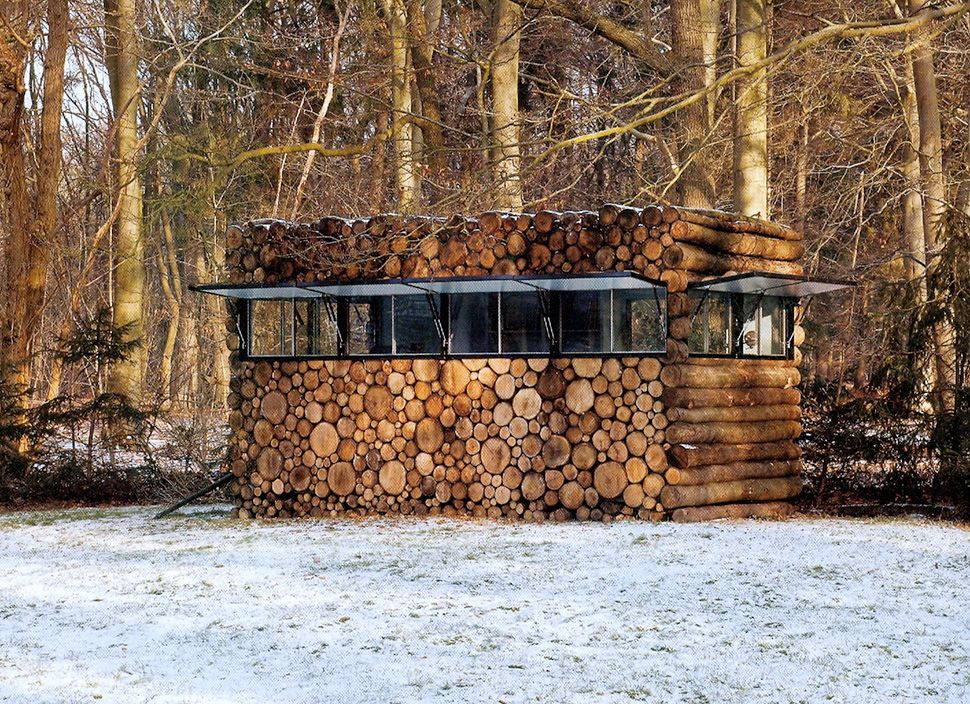
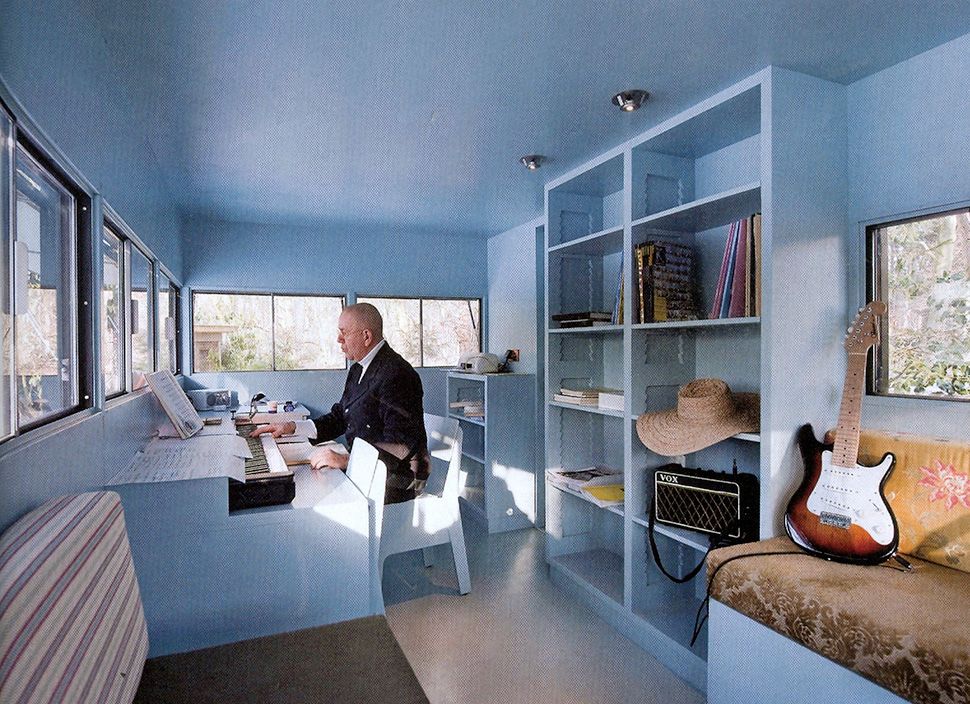
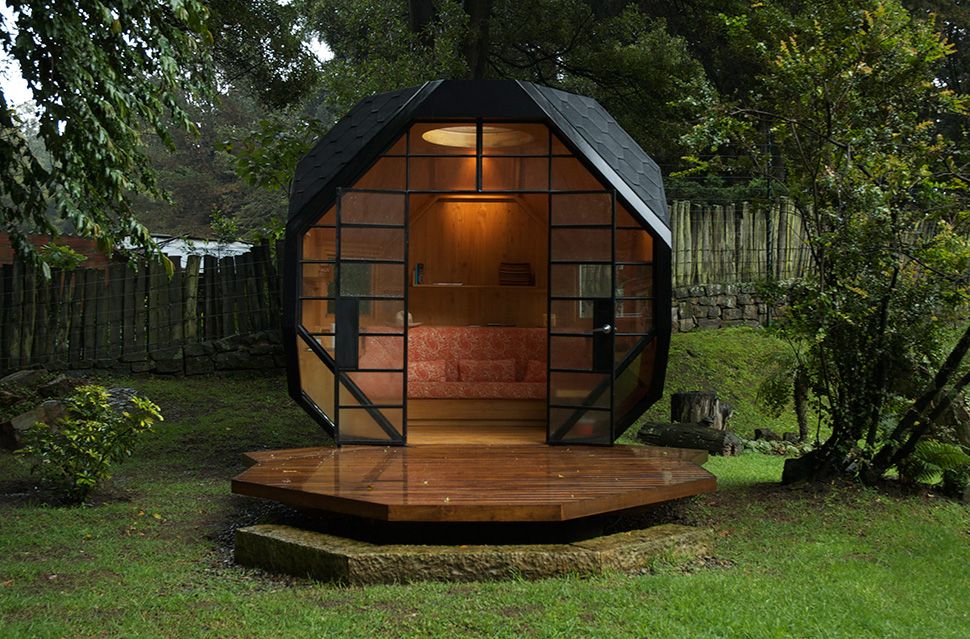
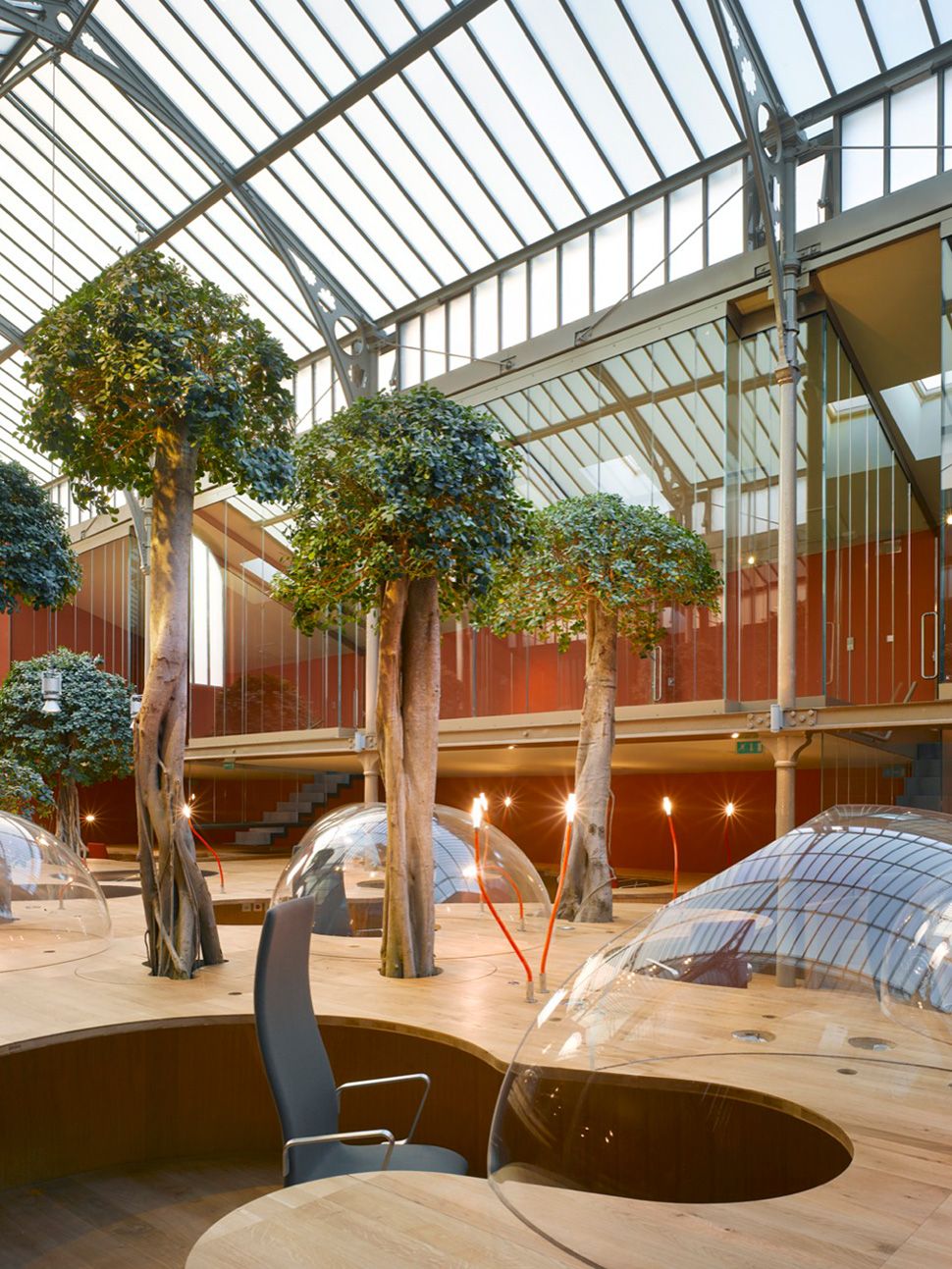
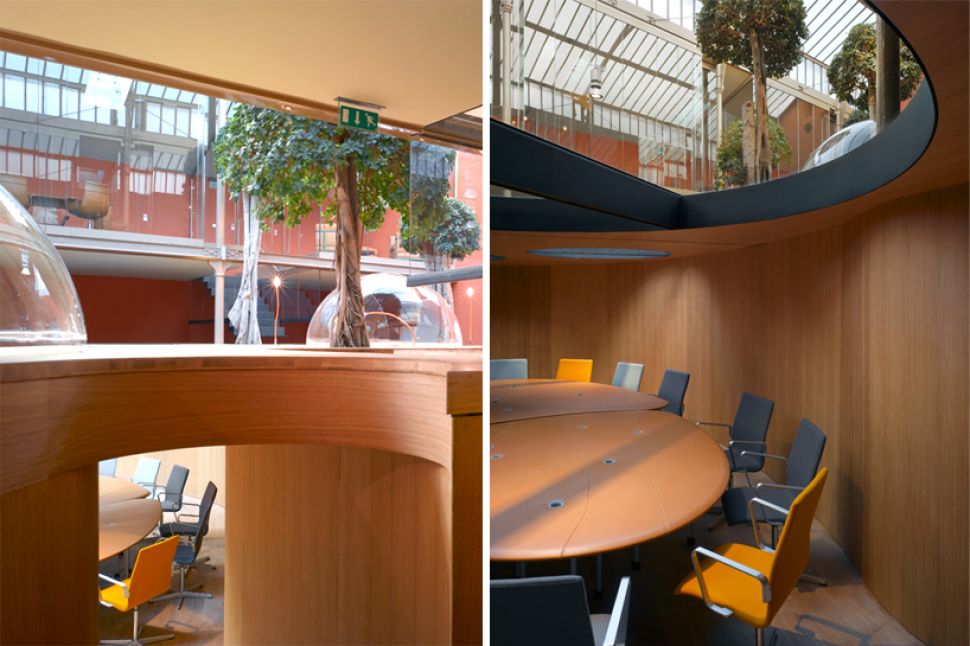
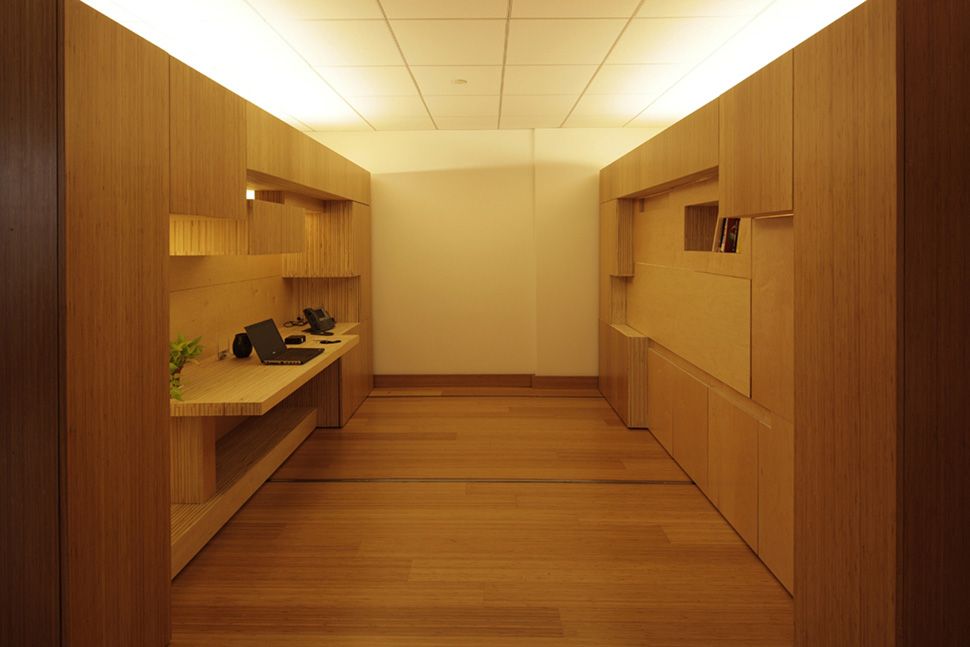
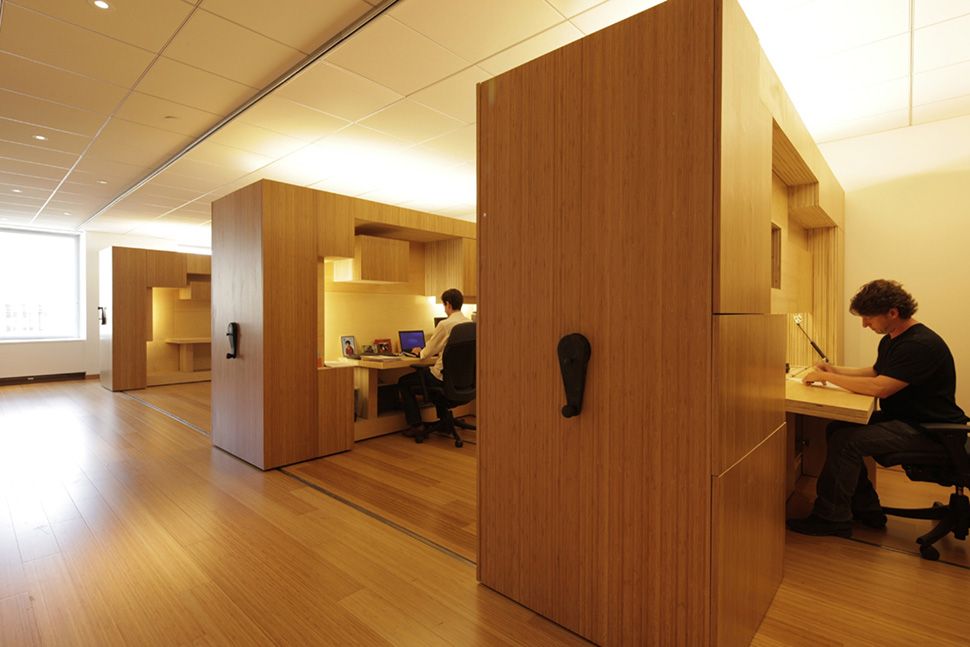
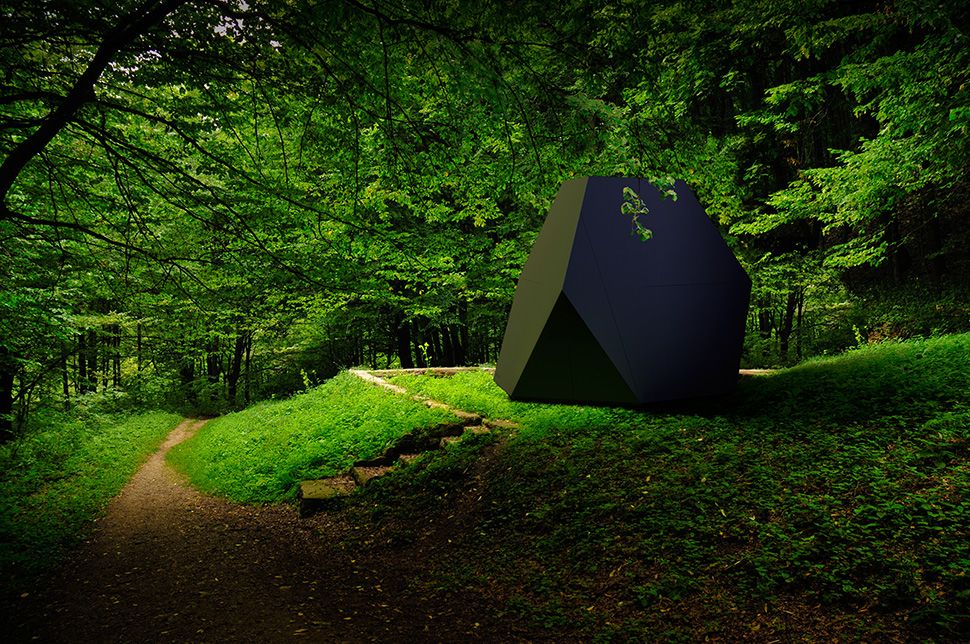
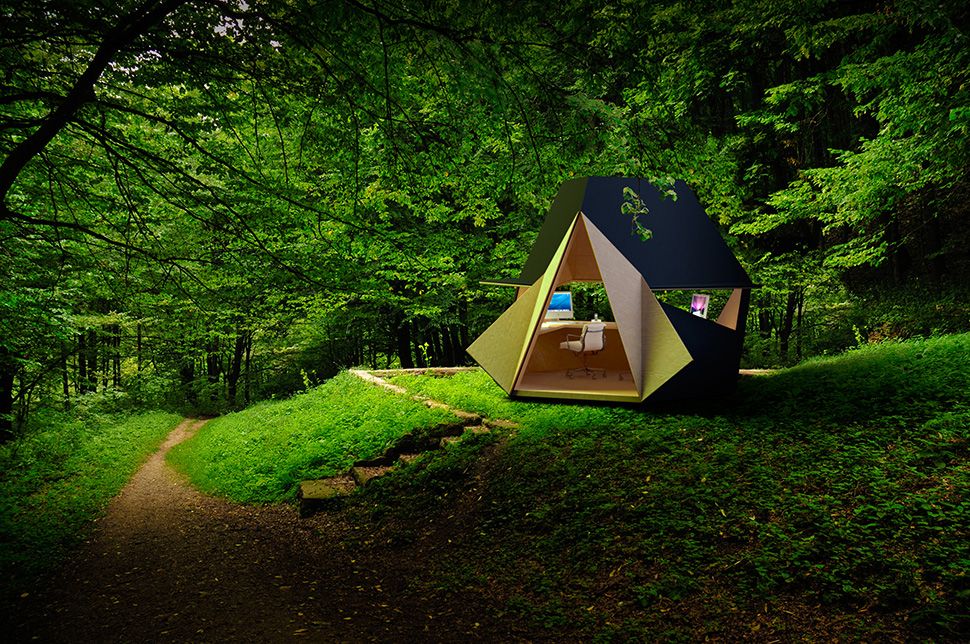
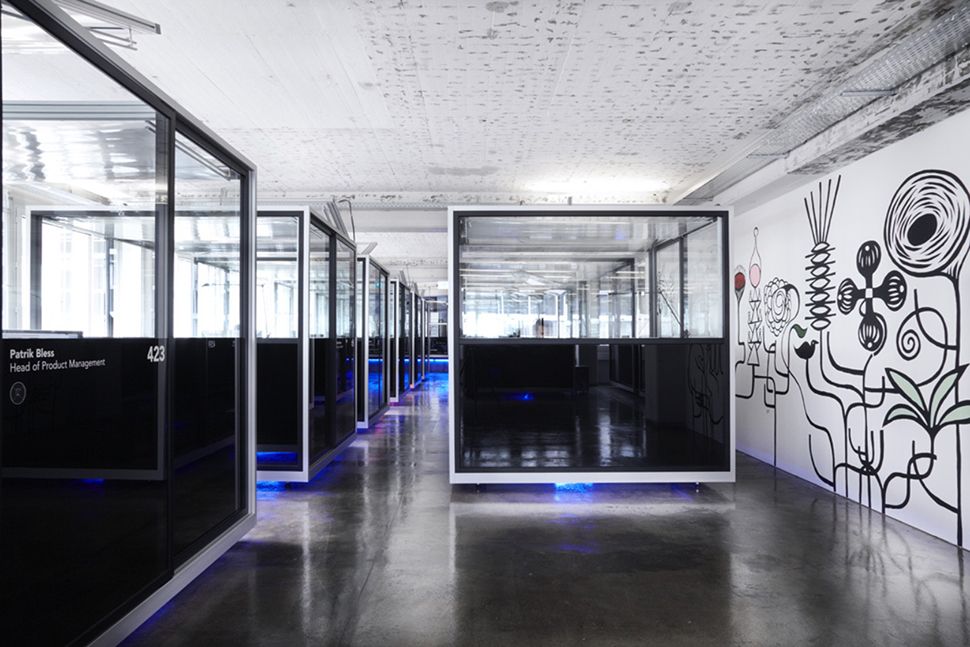










Discussion about this post